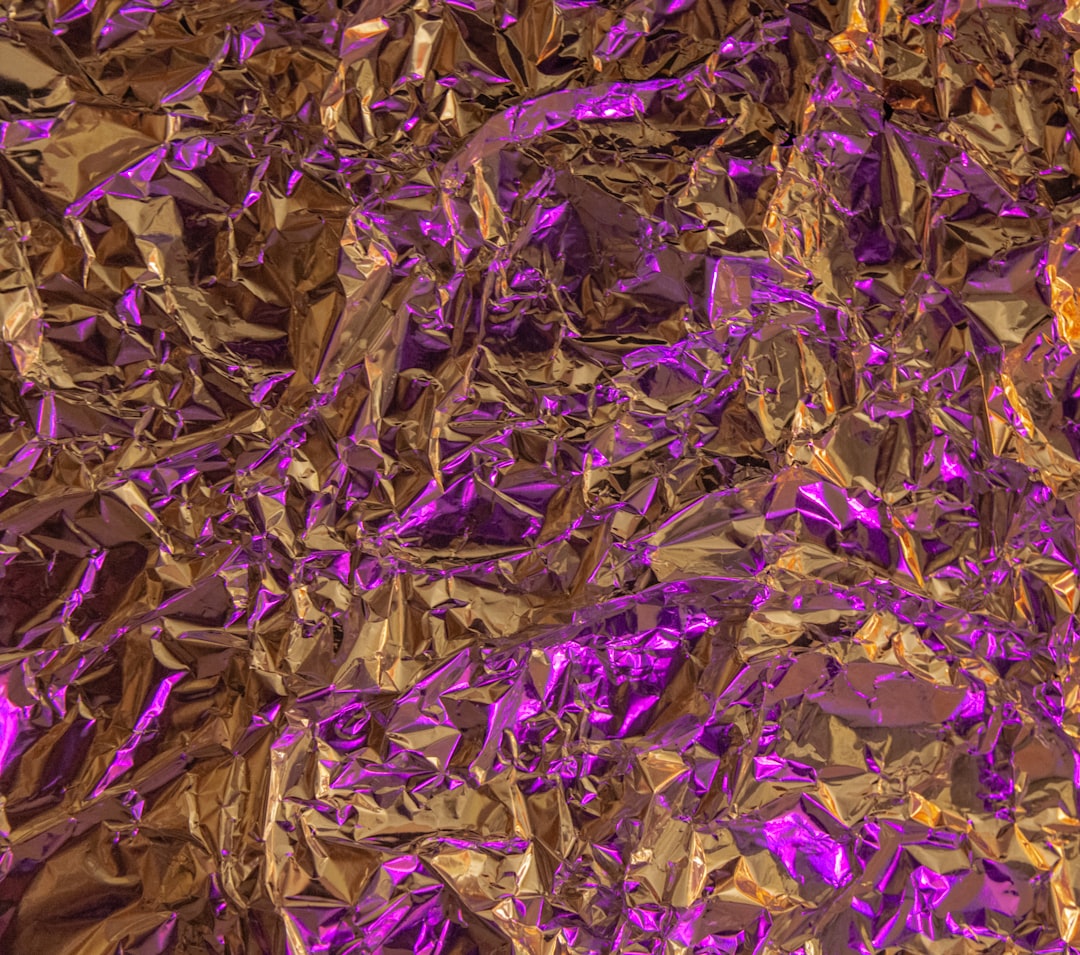What is it about?
Our research is about a new way to study chiral materials. Chiral materials have a unique twisted structure on a small scale, much like a tiny corkscrew. We are interested in understanding these materials better because they have interesting properties that could be useful in a variety of fields, including medicine and electronics. One of the challenges in studying these materials is the need to use a special kind of light with a twist. Existing methods for controlling this twisted light called optical vortex are too time consuming and do not allow for accurate measurements. So we came up with a faster way to control the twist of light. We tested this idea in experiments and it worked. Now we can study these materials in ways that were not possible before. This may lead to new discoveries and better technologies based on these fascinating materials.
Featured Image

Photo by Михаил Секацкий on Unsplash
Why is it important?
Improved Measurement Techniques: We introduce high-speed modulation of optical vortices at frequencies near 50 kHz, exceeding the limitations of conventional slow methods. This advancement is critical to achieving highly accurate measurements of optical responses of chiral materials, especially in materials whose size is smaller than the wavelength of light. Practical Application: Our work addresses practical challenges in chiral optical measurements, such as reducing signal drift and false signals due to environmental variations. This means that our approach is not only scientifically important but also applicable to real-world scenarios, which could lead to advances in areas such as drug development (where chiral properties are important) and optical technology.
Perspectives
This paper describes the results of the first project I initiated after arriving at Hokkaido University as an assistant professor. The method developed in this study is a new and powerful approach to study the interaction between optical vortices and chiral materials. Our methods have the potential to reveal optical properties of chiral materials that are inaccessible by conventional methods, leading to further advances in sensitive chiral detection and potentially contributing to the control of material properties.
Dr. Shun Hashiyada
Hokkaido Daigaku
Read the Original
This page is a summary of: Rapid modulation of left- and right-handed optical vortices for precise measurements of helical dichroism, Review of Scientific Instruments, May 2024, American Institute of Physics,
DOI: 10.1063/5.0203715.
You can read the full text:
Resources
Contributors
The following have contributed to this page










